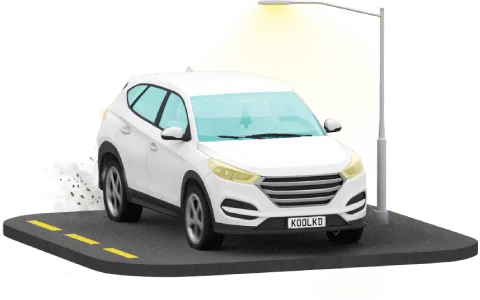If there is one device that sums up the modern world, it has to be the smartphone. Not only can you talk and text, but you can take photographs, send and receive emails and even open up a live map ensuring that you’ll never get lost. Despite their incredible versatility, there are times when it should be firmly stashed in a pocket, away from your eyes and hands.
Driving while 'intexticated'
The most obvious of these situations is when you’re driving. In a survey carried out by the Ministry of Transport, some 37,000 Kiwi drivers were observed while driving at various sites across the country. Results that 1.3% of them held a phone to their ear, while 2% were ‘probably texting’. This is dangerous behaviour – not to mention illegal in New Zealand since 2009 – when our minds are focused on things other than the road, the chances of us having an accident go right up.
Remember your first few driving lessons? Keep both hands on the wheel and give the road your fullest attention. Whether you’re making your way through the Auckland rush hour traffic or driving across the gentle hills of the South Island countryside, using a mobile when driving causes three distinct types of distraction – visual, physical, and cognitive.
Let’s take a look at these in closer detail.
Visual
Texting or using social media when driving is even more dangerous than talking, as your eyes leave the road to concentrate on a screen. When driving properly, our eyes are focused on the road ahead, but when texting, a close focus is required – meaning that you’re effectively driving blind.
You’re no longer looking out for other road users, pedestrians and important road signs. Not only are your eyes busy elsewhere, but your brain shifts concentration from the road, to typing out a text message or updating a status. The potential consequences of this? You may end up veering into the opposite lane (and possibly, oncoming traffic), or perhaps won’t realise that the vehicle in front of you is slowing down or has stopped, causing you to rear-end them. That’s a car insurance headache you could really do without!
Physical
We’ve already talked about the importance of keeping both hands on the wheel while driving. For the most part, that’s a natural way to drive. However, when your phone beeps or vibrates in your pocket, you’ll have to leave just one hand on the wheel to retrieve your device. As soon as you’re using only one hand, you instantly have far less control of your vehicle than you did with two.
You’ll have less of a chance to make an emergency manoeuvre if a pedestrian or animal darts into the road. Worse, your attention again may have gone from the road to your phone, making the risk of an accident that much higher. The safest place for your hands is at the ‘9 o’clock’ and ‘3 o’clock’ positions, as this will give you the largest level of control.
Cognitive
The cognitive effects of using a mobile phone while driving is obvious and well documented. Even the most accomplished multitasker cannot drive safely and use a phone at the same time, as attention and mental focus are severely affected. This is because your concentration is split between two very different tasks – one of which could threaten the life of yourself and others. Sending that email to your boss can surely wait until you’re parked up – better for it to arrive in his inbox late, than not at all.
A distracted driver is dangerous to everyone on the road so make sure you put your phone aside when driving. If you do get a ticket for using your phone while driving, it is important to let your car insurance company know. Multiple driving violations could impact your premium, or, ultimately, your insurance company may refuse to cover you. In any case, it pays to have your car insurance sorted before you hit the road.
For a range of car insurance options, check out our car insurance page or contact us.

Looking for car insurance?
Save $75 on new comprehensive car insurance. Use promo code SAVE75. Ends 5 July 2025.*